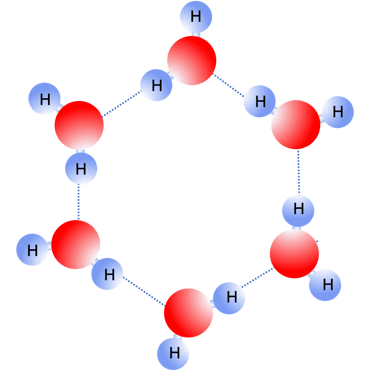The Importance of Activated Structured Water in Regaining Health - 1
White Cells, Red Cells - Your Blood is vital to Your Health
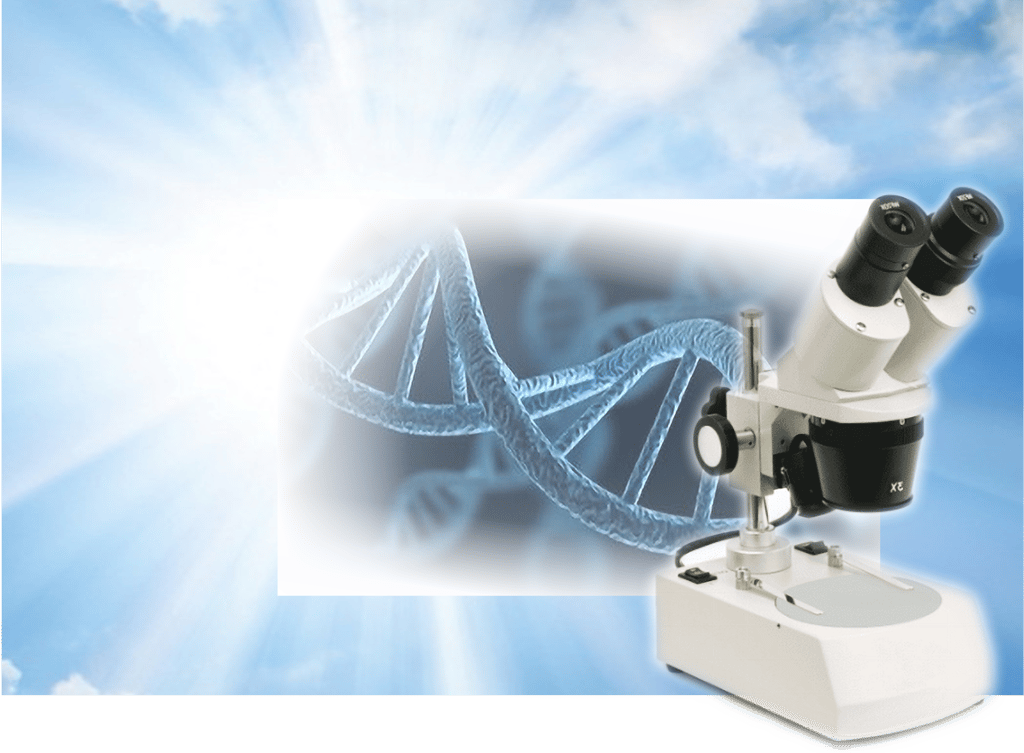

Why? Because there are so much more people today who get touched by cancer - they either know of someone who has been diagnosed with, or who has died of cancer.
Here are some figures that give an indication of this:
162,163 estimated number of cancer cases diagnosed in 2022
49,996 estimated number of deaths from cancer in 2022
Chance of surviving at least five years (2013- 2017): 70%
People living with cancer at end of 2017 (diagnosed 1982-201)]: 469,811
People living with cancer at end of 2017 (diagnosed 1982- 2017): 1,224,080
Note: these figures do not include the most common skin cancers: Basal Cell carcinomas [BCC] and Squamous Cell Carcinomas [SCC]
Reference: Cancer Australia [Australian government].
https://www.canceraustralia.gov.au/impacted-cancer/cancer-Australia-statistics
A significant improvement is the “Chance of surviving at least five years” statistic. It has gone from 52% in the 1989-1993 to 70% in 2013-2017.
This may be attributed to earlier detection of cancers and, or improved Treatments.
Let's start with a Biggie - Cancer
The impact of cancer on the body can be exacerbated by chemotherapy treatment due to the harshness of the drugs and their side effects.
One major side effect of chemotherapy treatment is the impact on the immune system in which there is a severe reduction of the white blood cell count for an extended., leaving the body in a debilitated state and vulnerable.
Activated structured water supports cellular function and rejuvenation processes and has been shown to be efficacious in promoting the rebound of the white blood cell count as well as relieving symptoms induced by chemotherapy treatment.
The Tests (Courtesy of: Introduction to Biophysics of Activated Water. Smirnov, Vysotskii, Komilova)
During the period September 1998 to April 1999, tests were carried out to determine if Activated Water has any effect on the Rebounding of the White Blood Cell Count of a patient undergoing chemotherapy.
White Blood Cell Count normally 4.0- 10.81/U drop on the 6th-7th day to an extremely low 0.1- 0.21/U (represents 2%- 3% of pre-chemotherapy level)
It takes the body 4 - 6 weeks normally, to REBOUND its White Blood Cell Count to normal pre therapy level.
A volunteer with Metastasized Naso-Pharyngeal Cancer (patient of Cedar-Sinai Comprehensive Cancer Centre, Los Angeles) drank Activated Water while undergoing four regular Taxotere Chemotherapy treatments during that period.
The Outcomes
The results of Blood Tests from this patient showed:
The White Blood Cell Count did not drop as low as the “Without Activated Water” scenario. It was at 0.5- 0.61/U which is 5%- 9% of pre-chemotherapy level
The White Blood Cell Count rebounded to its pre-chemotherapy level within 3-4 days.
The body's general weakness, headaches and nausea were also short lived
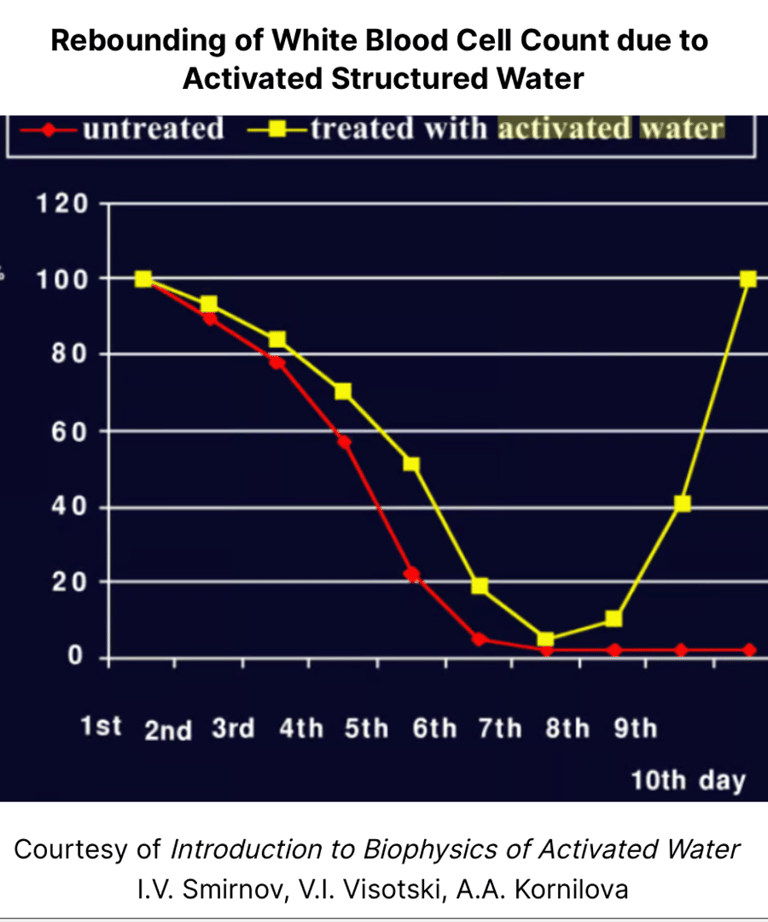

Major Side Effect of Chemotherapy Treatment
Other Testing
Biological Effect
“In vitro tests on lymphoma cells were carried out at Eugene Biotechnologies Inc., by Dr John Stelle, to determine the sensitivity of tumour cells to Activated Water as a therapeutic agent, by an in vitro sensitivity assay. The tumour cells were immersed in activated water for 24 hours, then were processed for another 24 hours, all the time being in activated water.
Results of tests were consistent. Activated water suppressed the metabolism of human cancer cells in solution by 33%- calculated relative to untreated control solutions.
The survival rate of human cancer cells in the control solutions remained at 100%.
The tests were statistically valid with p < 0.01
Further tests were conducted showing that activated water was non toxic to normal cells.”
Introduction to Biophysics of Activated Water.
Igor V. Smirnov, Vladimir Vysotskii, Anna A. Komilova
More Effects on the Blood
Dispersal of Rouleau Formations
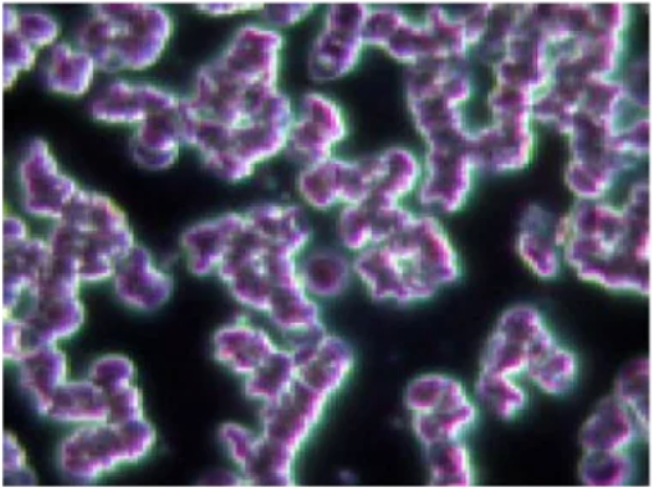

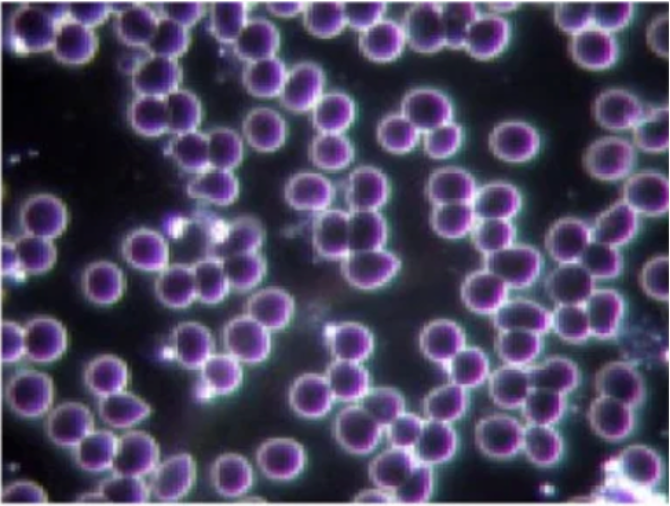

Blood consists of 90- 92% water. The presence of activated structured water in the bloodstream can have very significant benefits.
Cell clumping occurs in the blood because the aggregation force is greater than the negative repulsion force of the red cell membrane which may be deteriorated due to stress, poor digestion, dehydration or some chronic condition.
Red blood cells in this condition do not carry enough oxygen and the body exhibits symptoms of fatigue, shortness of breath, poor circulation, and if ongoing, can lead to chronic problems.
Activated Structured Water was given to the patient from whom the above blood sample was taken and after only 20 minutes, dramatic improvement was visible. The aggregated clumps were dispersed and red blood cells assumed their individual status with well-defined cell membranes – typical of healthy red blood cells.
The speedy improvement in blood condition indicates how fast Activated Structured Water rehydrates the blood cells, allowing the membranes the reform, re-establishing their shape.
The negative charge that energises the cells was reinstated giving the cells independence and the ability to move around freely, to collect oxygen from the Activated Structured Water and delivered throughout the body.
Blood Pressure
Blood pressure is reduced by this freedom of movement as the blood cells do not have to push through a thick maze of clumpy cell formations. This is complemented by the ability of Activated Structured Water to remove cell waste to the kidneys.
Blood Alkalinity
Blood Alkalinity blood alkalinity is normally in the pH range of 7.35- 7.45. If it is subjected to a prolonged reduction, especially to an acidic state (pH below 7.0) chronic diseases may get a chance to affect the body.
Activated Structured Water is energised, giving it a powerful buffering capability – It can resist strong changes in pH caused by either acidic or alkaline substances. These changes result from substances taking up or releasing hydrogen atoms.
Even though the molecular structure of Activated Structured Water is very stable, it can absorb these variations by releasing or accepting a hydrogen atom, as required, to maintain stability and protect proteins and other molecular structures in the cell.
